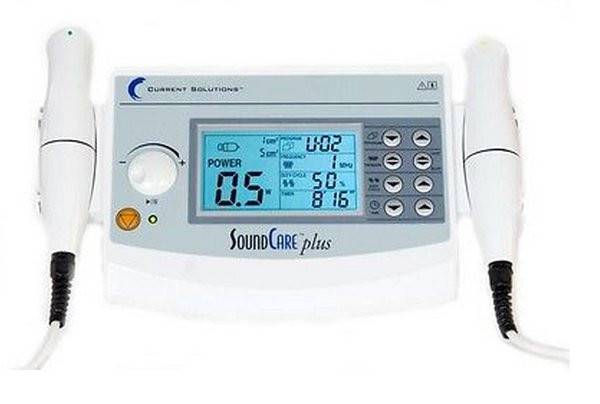 8th Jun 2016
8th Jun 2016
Therapeutic Ultrasound and Applications for Animals
Animals experience pain and injuries just like humans do. So, it makes sense that care and rehabilitation of animals is very similar to treatment received by humans. For example, many therapeutic modalities, like ultrasound machines, used in physical therapy for humans can be used in the treatment of animals.

Therapeutic ultrasound has been used by physical therapists as a treatment modality since the 1940’s. Around 1970, veterinarian’s discovered that the healing benefits of therapeutic ultrasound could help animals heal as well. In an animal’s case, most people may be familiar with the use of diagnostic ultrasound as a way to diagnose problems or injuries but therapeutic ultrasound can be used to facilitate enhance and facilitate healing.
The benefits of therapeutic ultrasound are the same for humans and animals alike. When using therapeutic ultrasound, sound waves pass through the skin which causes a vibration within the surrounding tissues. This vibration is heat-producing helping penetrate deep into injured tissues. The side-effects of therapeutic heat are:
- Increase in the flexibility of ligaments, tendons, scar tissue and joint capsules
- Reduction in pain and muscle spasms
- Improve the healing of injured tissue

The Soundcare Plus Professional Ultrasound is a great option for a vet based on its affordability
and dual applicators for a wider variety treatment options.
How are Animals Treated Using Therapeutic Ultrasound?
The treatment area is prepared (shaving if necessary in order to access bare skin) and a gel is applied to the area. No sedation is used, because the animal must be able to indicate comfortability feedback as treatment is given. Therapeutic ultrasound treatments for animals last about 10-20 minutes, with a recommendation to have treatment 2-3 times a week until the injury or problem is resolved.
Contraindications for Therapeutic Ultrasound for Animals
The reason therapeutic ultrasound is a popular modality is because it is non-invasive in addition to being effective in treating pain and swelling. However, ultrasound therapy is contraindicated for use on animals that have orthotic implants (such as hip replacements), bone plates (for fracture repair), pregnancy or over growth plates in young animals.
Related Article: Ultrasound Therapy Indications and Contraindications
Common Uses of Therapeutic Ultrasound for Animals
Veterinarians use ultrasound to treat most tendon and muscle injuries in addition to problems that result in a decrease in range of motion.
In rehabilitation, the intention of treatment for animals is the same as humans too; decreasing pain, increasing function and maintaining quality of life. Using non-invasive therapeutic modalities, like ultrasound therapy, help animals heal from muscular injuries that may be causing them pain and inhibiting their function, making it a perfect choice for veterinary practices.





